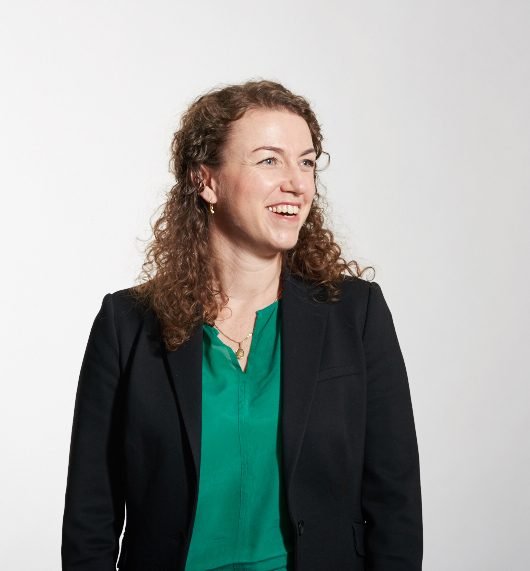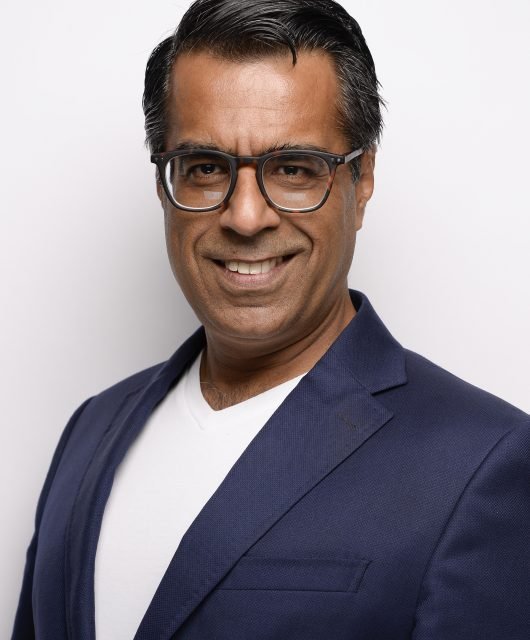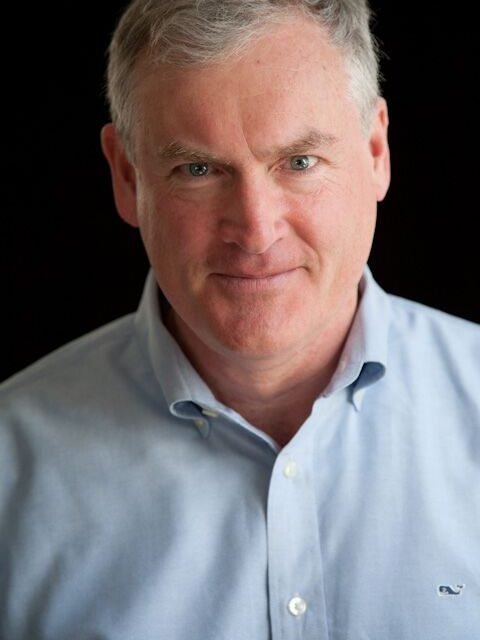Influencer Marketing In Today’s Marketing Mix
The present day marketing and communications ecosystem is strikingly different to how things functioned during the better part of the 20th century. I reckon we have all witnessed industry jargons, and job titles emerge and evolve significantly over the last two decades. And speaking of jargons, I think there’s nothing as omnipresent and sticky as “influencers”, who’ve become a prerequisite in today’s marketing strategies – be it a plan or pitch. Earlier this year, the term was declared as an official word in Merriam-Webster along with a number of other digital and marketing jargon.
Over the last five years, our industry has seen a considerable uptake in influencer marketing campaigns, while some may argue we’ve reached a tipping point, I believe we’re yet to hit the peak of its growth curve.
The 2019 Influencer Marketing Global Survey reports a global increase in influencer spending this year, reiterating the belief that influencer marketing can yield powerful results for brands investing in this marketing strategy. Marketers continue to evolve the way they invest in, measure, and increase the performance of influencer marketing to their advantage.
Per recent report, cosmetics brand Estée Lauder now spends 75% of its marketing budget on influencers active on digital and social platforms, attributing their campaign results to be “highly productive”. These investments are a testimony to the fact that 43% consumers* follow beauty influencers who provide tips and recommendations for looking great.
The influencer marketing industry is expected to be worth up to $15 billion by 2022, compared to $8 billion in 2019, according to Business Insider Intelligence estimates, based on Mediakix data. The growing market size suggests that influencers are more likely to drive and impact consumers’ buying and spending decisions going forward, as social media becomes pervasive and functional beyond communication.
All this unprecedented growth has resulted in 320+ technology platforms and influencer marketing focused agencies created last year alone (Source: The State of Influencer Marketing 2019: Benchmark Report). As brands seek to combine quantitative and qualitative metrics to select influencers that align with their campaign strategy, AI is playing an important role in bridging this gap for marketers.
Earlier this year we launched MSL Fluency – an end-to-end service designed to leverage human intelligence, sophisticated technology and machine learning to supercharge influencer marketing. The platforms features a database of over five million influencers globally, categorized based on their affinities, locations, interests, demographic and that of their audiences. Learn how MSl Fluency is driving #CrazySocks4Docs PR and influencer campaign for our client Cipla in South Africa.
To conclude I’d like to cite a few recent award winning influencer marketing campaigns from our global agency network, these are examples of outstanding work that have delivered influence and impact for our clients.
- #BehindCarDoors is a campaign fronted by U.K.’s leading parenting influencers Mother Pukka and Father of Daughters, who are recording their experiences of life inside a family car.
- The launch of the American Express Cobalt™ Card was a fully integrated, 360 campaign that was PR led with a robust influencer, social and experiential strategy at its core. A global first Amex, this campaign drove record-breaking results.
- Purple Purse – Overshare the Invisible, the Allstate Foundation has teamed up with tennis champion and Allstate Foundation Purple Purse ambassador Serena Williams to raise awareness of financial abuse — a type of abuse that happens in 99% of domestic violence cases.
- Bio-Oil embarked upon chronicling the support of individuals both family and otherwise who stretched themselves to make the pregnancy journey of a young mom an #UnstretchedJourney.





